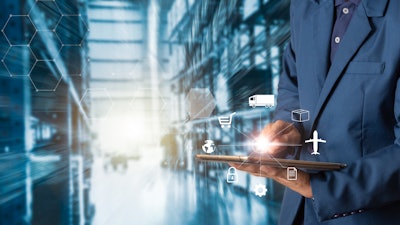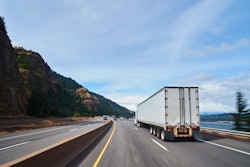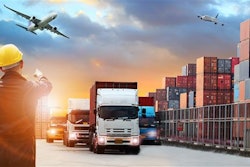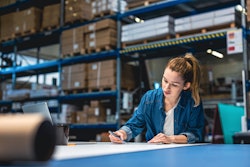
The past three years span the pandemic, multiple natural disasters and war, all of which hit the food market hard. Bloomberg claims that wheat prices have reached their maximum since 2008, soybeans are at a nine-year high and oils are nearing unprecedented cost levels.
It is clear that we urgently need to make supply chains more resilient to extreme events at every stage – from planning and production to logistics. Feed the Future, the U.S. government’s global hunger and food security initiative, names digitizing the agriculture value chain one of the keys to its strength. Here’s how smart technology and logistics software development helps companies enable a more resilient supply chain.
1. Mitigate the impact of weather conditions
Natural disasters like hurricanes, extreme droughts or floods have a significant impact on agriculture and crops, as well as global warming that changes seasons bringing around unexpected weather changes.
Analytical software powered by artificial intelligence (AI), which learns on the go, draws insights and adjusts predictions based on their real-time data, can make a difference for agriculture. With insights drawn from data provided by IoT smart sensors and satellites, farmers can make more data-based decisions about planting certain types of produce, fertilizing, watering, harvesting, etc. The software also warns them of worsening weather conditions so that they can timely protect their crops.
2. Boost warehouse efficiency
Smart technologies, IoT and blockchain in particular can help farmers optimize storage conditions to fight pests, reduce the amount of spoilage and fit more goods into a storage space.
For example, IoT sensors can determine the product's origin and store this data on the blockchain. They also can keep track of the storage conditions in the warehouse and alert the owner when the conditions for certain products are not met. This way, spoiled products can be spotted fast, and spoilage reasons are easy to track down.
3. Make transportation more affordable for SMBs
Gas prices are the main factor influencing the cost of transportation. AI can help companies mitigate the growing transportation costs by building efficient routes so that drivers could spend less gas while hitting more locations in one trip.
Unnecessary downtime and inefficient usage of vehicles also add to transportation expenses, but smart contracts can help improve fleet efficiency by enabling multiple vendors to use the same vehicle. This benefits both the logistics company and its clients, with the former decreasing vehicle idle time and the latter splitting the cost among them. An AI-enhanced system can store the information about the available space in vehicles, collect the requests on the number of goods that need to be transported and their destination and then calculate the preferable route, determining how to fit the goods from different vendors into vehicles effectively.
Automating share calculations, contract fulfillment and payments simplifies transportation planning and helps mitigate human error.
4. Facilitate the communication of supply chain participants
The lack of proper data sharing weakens the supply chain. Many producers, transportation vendors and distributors don’t trust the system or each other. Gartner claims that equal and simultaneous access to the entirety of information strengthens transparency and trust between the participants of the supply chain, providing new collaboration opportunities and strengthening the existing partnerships.
Supply control tower is a modern technology that can promote collaboration between supply chain participants. Each member of the supply chain network inputs relevant data into a repository to be accessed by others. Companies can analyze operational data in real-time and get a clear view of the entire product journey. This way, they can manage risks, gain more control over their processes, and quickly settle insurance claims if any.
Final note
As a rule, industrial transformation is accomplished one step at a time, with new procedures and technologies being gradually introduced, equipment updated and staff trained. However, as we face the impending food crisis, the best decision is to adopt a holistic approach to digitalizing the agriculture supply chain. Smart technologies such as AI, blockchain and IoT, are interconnected, ensure flexibility and reliability and complete each other, so they should be adopted together. Implementation of these essential technologies might require significant investments at first, but provide a very effective protection from unexpected disruptions that can save millions later.



















